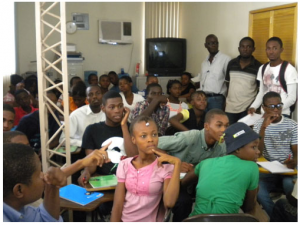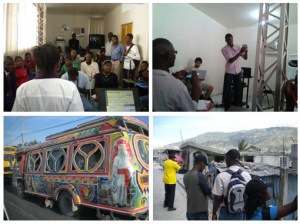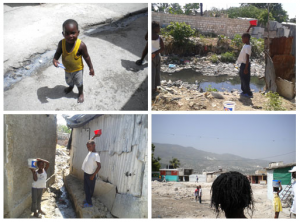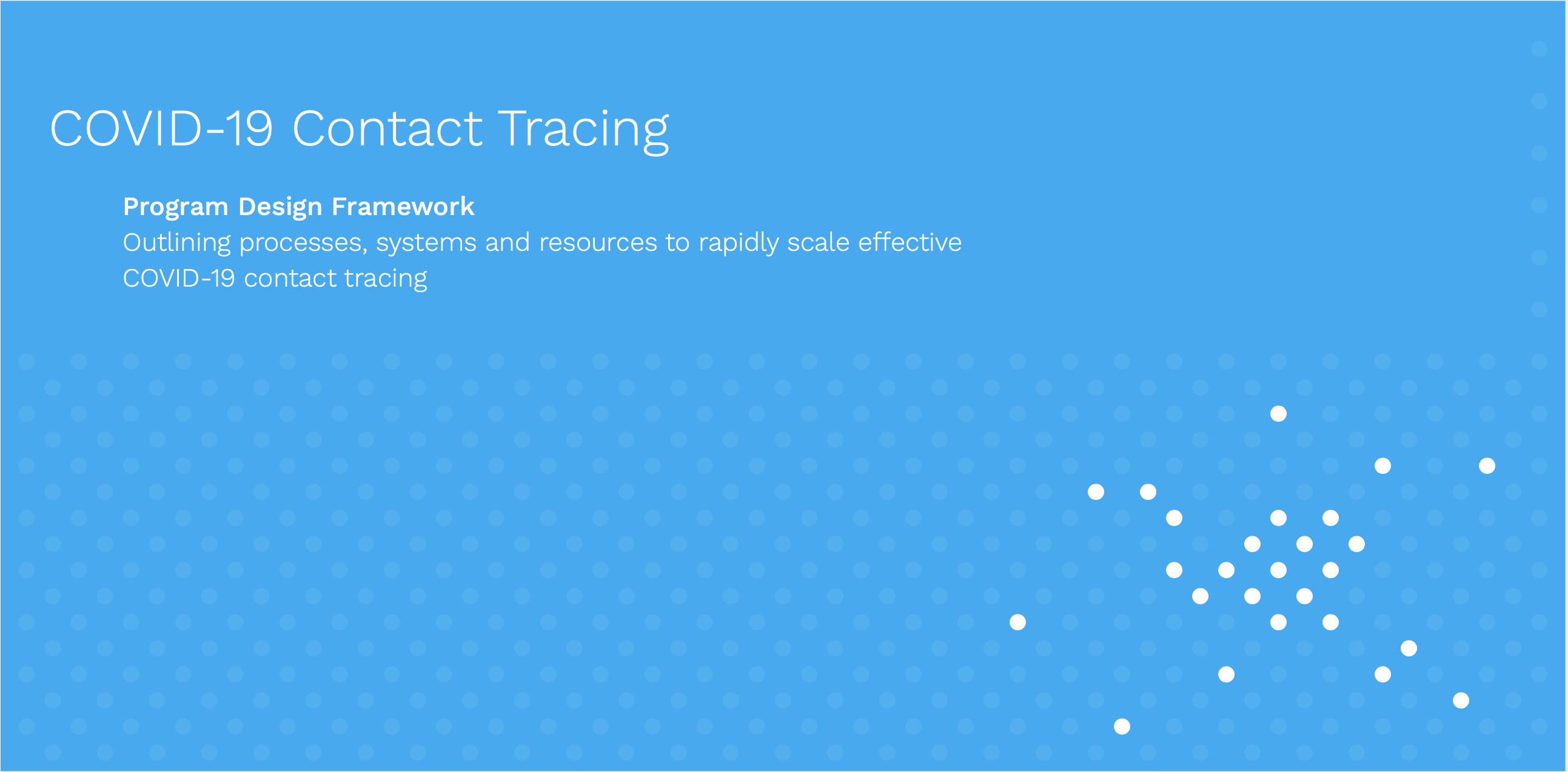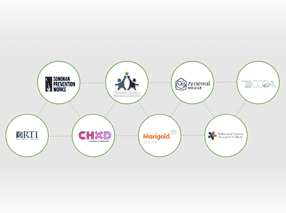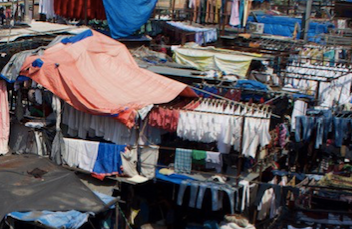Building on the success of the digital mapping project in Brazil, our iLab Latin America applied the same concept to problem solving in Haiti. While our work in Brazil revolved around the surveying of potential social and environmental dangers, the work in Haiti focused on detecting risk factors associated with HIV/AIDS, sexually transmitted diseases, sexual and reproductive health, and gender violence.
Mapping and Port au Prince : Map PaP
The project Map Pap has been implemented in collaboration with UNICEF and two local NGOs: GHESKIO (Groupe Haïtien d’Etude du Sarcome de Kaposi et des Infections Opportunistes) and ONAVC (Observatoire National de la Violence et de la Criminalité), with the main purpose of giving the adolescents of Port au Prince universal access to healthcare.
These adolescents have already learned to overcome many adversities – a catastrophic earthquake, the constant threat of AIDS and a virulent outbreak of cholera – as a testament to their strength and resilience to bad times.
Map PaP started in two neighborhoods of Port au Prince: Village de Dieu and Citê Plus, training thirty adolescents to survey and map risks related to HIV/AIDS. They used mobile technologies to collect information that helps support problem solving.
They identified both positive and negative factors. Positive factors include health centers, water supply points, drug stores and well lit areas. Negatives factors include dark alleys, abandoned houses, contaminated latrines and poor hygiene conditions (garbage, dead animals, etc.). Once the youth collect this information about their communities, it is then analyzed, in another workshop organized by UNICEF and local NGOs. The objective is to identify patterns and trends that allow them to create a comprehensive program of services for the community that help to mitigate the risks.
Only half of the children in Haiti are vaccinated and only 40% have access to basic health care. Before the earthquake in 2010, the primary causes of death were attributed to HIV/AIDS, respiratory infections, meningitis and diseases such as diarrhea, cholera and typhoid fever. 90% of Haiti’s children suffer from intestinal parasites and other diseases related to water pollution and 5% of adults are HIV positive.
According to a 2006 UNICEF report, more than 200,000 children have lost one or both parents because of HIV and only 20% knew how to protect themselves from it. In addition, the poverty and political instability of Haiti has left the kids of Haiti in a vulnerable position in the face of domestic and armed violence, exploitation and abuse.
InSTEDD’s Relationship With Haiti
It is very significant for the InSTEDD team to work in Haiti again as we were on location to help as soon as the tragic earthquake happened in 2010. To learn more about what our work in Haiti in 2010, watch this video presentation we gave at Google headquarters in Mountain View, California. Since we’ve come back to work on this digital mapping project, we’ve found communities that stand out for their strength and the capacity to overcome many adversities.
We are honored to be a part of such a novel initiative as we believe we are on track to scale and replicate the social impact created by investing in the next generation of leaders. We look forward to brining you more details about the growth of this initiative.


